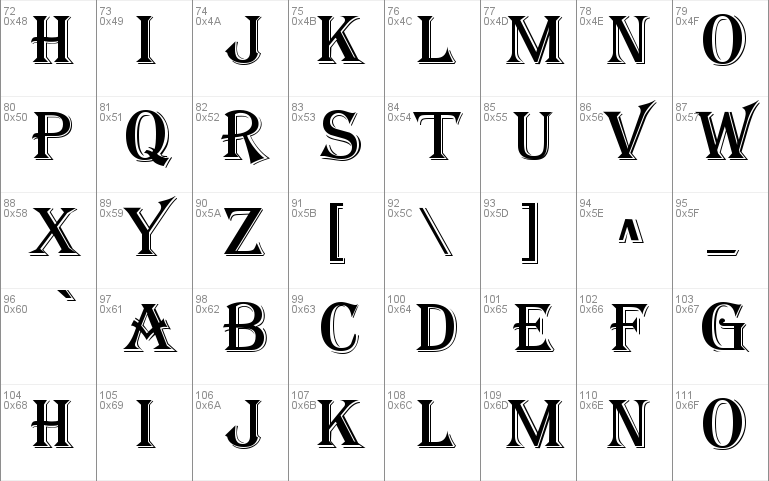
It was a single-case sans-serif constructed on strict geometry, made by a compass and a ruler. To reflect these views, the letterform theorist Herbert Bayer designed the Universal Alphabet in 1925.

They considered the sans-serif to be the lettershapes of the modern age. The Bauhaus typographers used grids and simplified decoration to geometric shapes. The constructivist principles were applied to typographic design through print. The ambition of the founder of the Bauhaus, Walter Gropius, was to unify the values of art, craft and technology. Their ideas were taken further by the Bauhaus art school, which was formed in 1919 upon collective theories of Russian artists. Like Mondrian, he wanted to display dynamic movement in his work.

He believed typefaces should be simplified to their elemental forms and restricted to a set number of weights. It was during that same period that the typographer Jan Tschichold sought to make things of his age. The early 20th century was a time of many typeface revivals of classic models, which included Plantin, Bembo and Garamond. Morris brought together inspirations from two different eras in his designs, as his letterforms were from the Renaissance and his decorations were Neo-Gothic. His typeface The Golden Type (1890) was inspired by Nicolas Jenson and his early Renaissance printing types. Most renowned for his flat ornamented decorations, he set up a private printing press –the Kelmscott Press– where he designed and made his own paper and type. Morris was concerned about the relationship between the society, the artist and their craft. In the 1890s, one of the pioneers of the Arts and Crafts movement in England was William Morris. ‘The Great exhibition’ in London in 1851 became a turning point in art history as artists could continue looking back or do something new. The 19th century was a time of over-decorated printing. In the 18th century some designers started looking back upon earlier examples and created new designs based on previous models. The idea of inclusion in a particular style also applies to designers, who often include art references in their work.Ĭlassicism had a big impact on type design. This shared style defines a way to express thoughts and emotions. They are part of a wider context where other interests such as art, music and culture often influence their work.Īrtists can be grouped in art movements because of the aesthetics and ideological similarities in their work. They belong to a world that exists outside the realms of type design. This is because designers do not live in a vacuum. Through history letterforms have been handed down and changed shape to reflect the time in which they were made.

Many type designers imitate designs that were made before them. History provides patterns of how things evolve. This will provide you with a context to understand this project and the reasons for the design decisions.

This article will offer some historical information of the connection between art and type, and also a few examples of the use of geometry in type. All things considered, Kinetic will be defined as a geometric sans since geometry was a key concept from the beginning. The features of a design can fit into different categories. The classification of typefaces can be a difficult task. Kinetic is a new typeface that references art as an important source of inspiration. Type designers follow visual trends and very often find inspiration in art forms. Both artists and designers mould ideas of their times. Design and art have always had a close connection.


 0 kommentar(er)
0 kommentar(er)
